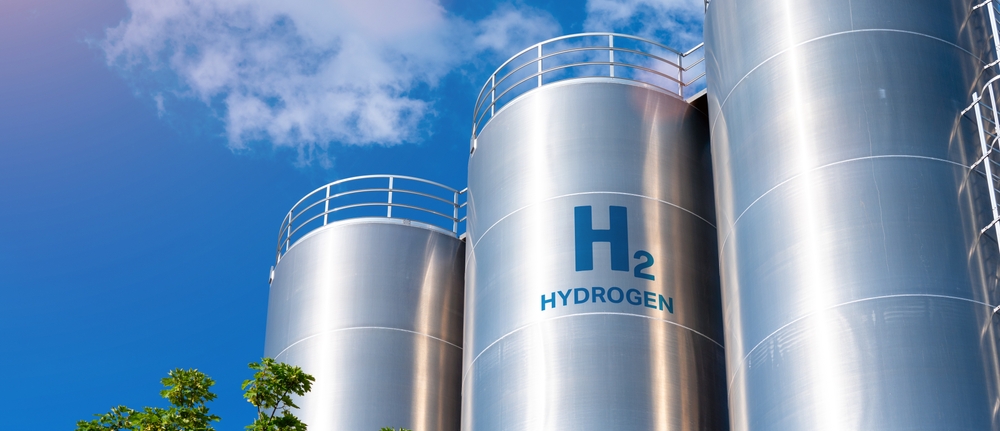Industrial, Regulation, Sourcing Renewables - January 3, 2025
Treasury Provides Rules for Hydrogen Production Tax Credit
The U.S. Department of the Treasury and Internal Revenue Service released the final rules for the section 45V Clean Hydrogen Production Tax Credit established by the Inflation Reduction Act.
These final rules include significant changes and flexibilities that address several key issues to help grow the industry and move projects forward, while adhering to the law’s emissions requirements for qualifying clean hydrogen.
The final rules provide clarity, investment certainty, and flexibility, including participants in projects planned as part of the Department of Energy’s Regional Clean Hydrogen Hubs program.
The rules clarify how producers of hydrogen — including those using electricity from various sources, natural gas with carbon capture, renewable natural gas (RNG), and coal mine methane — can determine eligibility for the credit. To qualify for the full credit, projects must meet prevailing wage and apprenticeship standards, continuing the Biden-Harris Administration’s commitment to put workers at the center of the clean energy economy and ensure clean energy jobs are good-paying jobs.
“These rules incorporate helpful feedback from companies planning investments which will drive significant deployment of clean hydrogen to power heavy industry and help create good-paying jobs,” said U.S. Deputy Secretary of the Treasury Wally Adeyemo in a statement. “The Inflation Reduction Act and Bipartisan Infrastructure Law represent the world’s most ambitious policy support of the clean hydrogen industry. Scaling the production of low-carbon fuels like hydrogen will be a big boost to difficult-to-transition sectors of our economy like heavy industry.”
In the coming weeks, the Department of Energy will release an updated version of the 45VH2-GREET model that producers will use to calculate the section 45V tax credit.
The rules enable pathways for hydrogen produced using both electricity and methane, providing investment certainty while ensuring that clean hydrogen production meets the law’s lifecycle emissions standards. By law, the tax credit’s value is based on the lifecycle GHG emissions of hydrogen production.
To qualify as clean hydrogen under the statute, the lifecycle GHG emissions of the hydrogen production process must be no greater than 4 kilograms of carbon dioxide equivalents (CO2e) per kilogram of hydrogen produced. Qualifying clean hydrogen falls into four credit tiers, with hydrogen produced with the lowest GHG emissions receiving the largest credit. Calculation of the lifecycle GHG analysis for the tax credit requires consideration of direct and significant indirect emissions.
Share this valuable information with your colleagues using the buttons below:
« Back to NewsStay Up-To-Date












